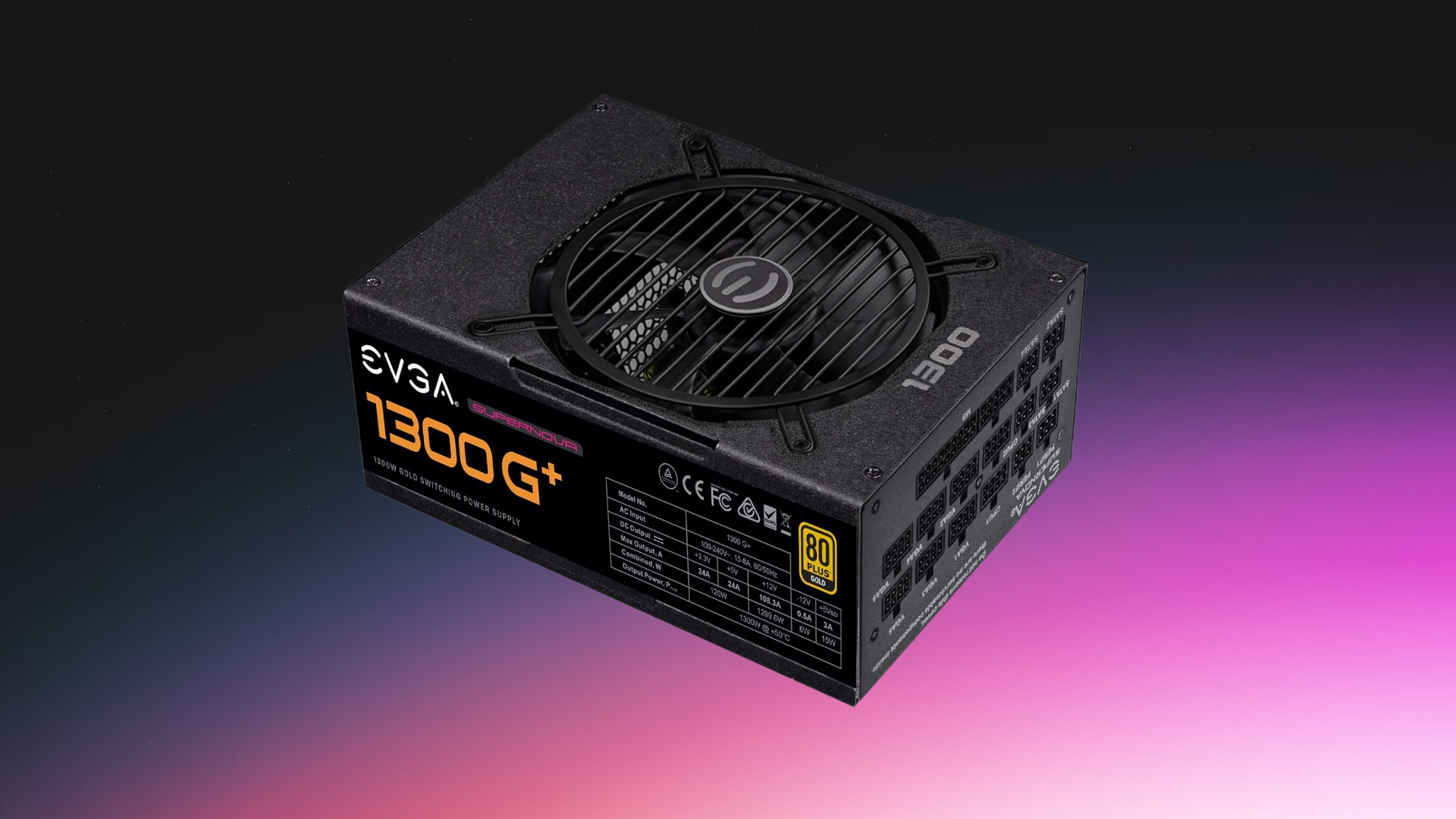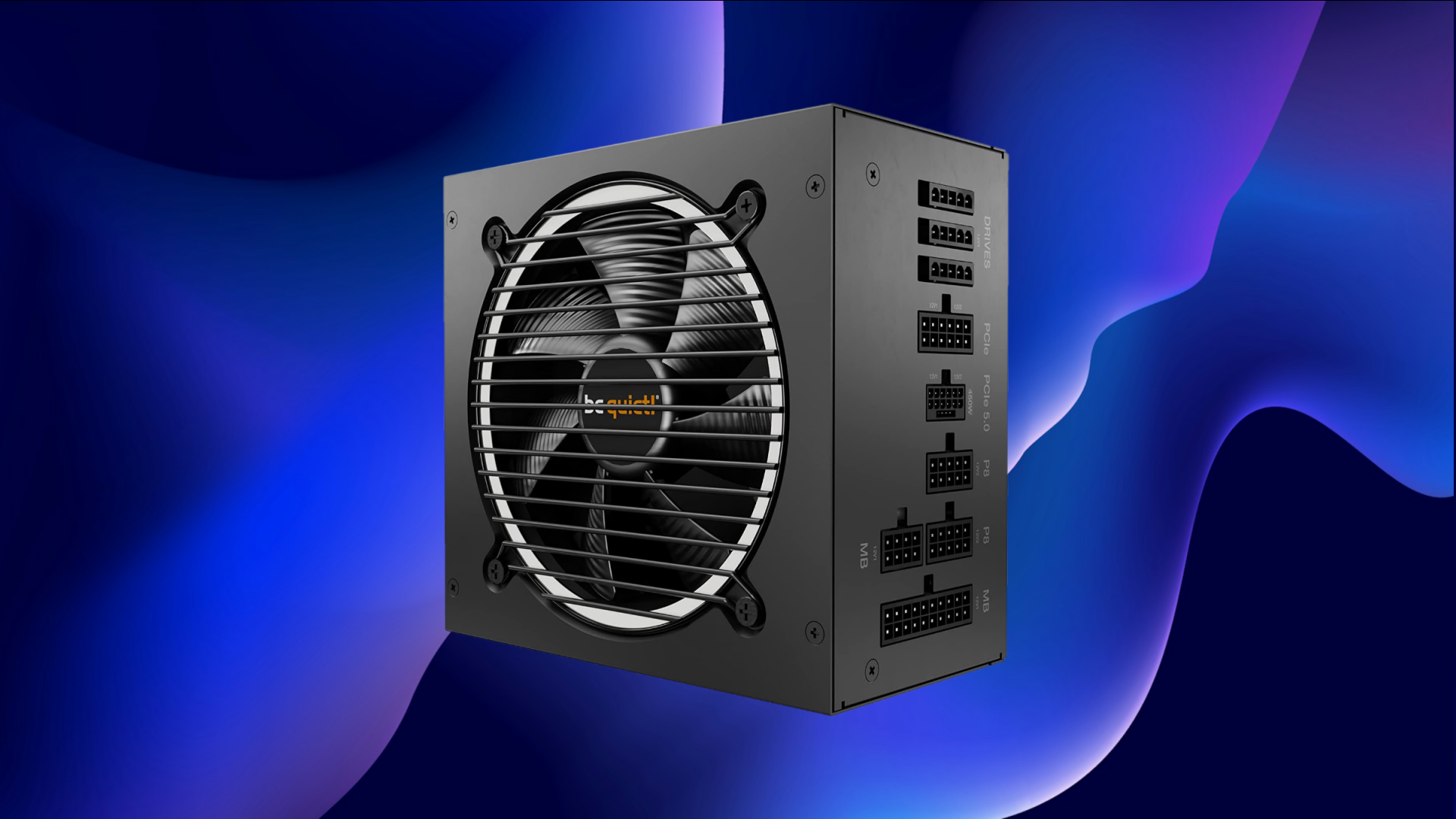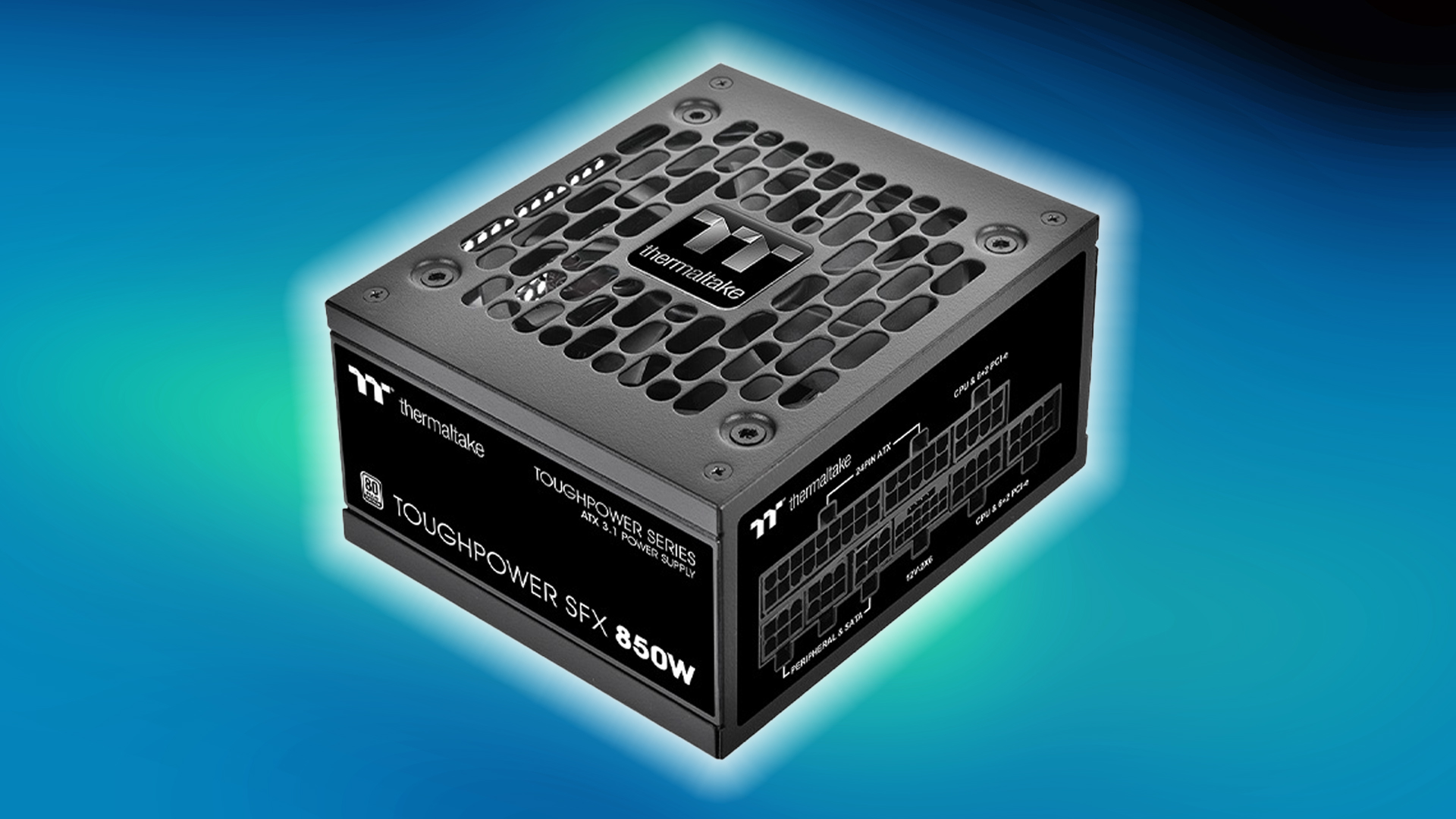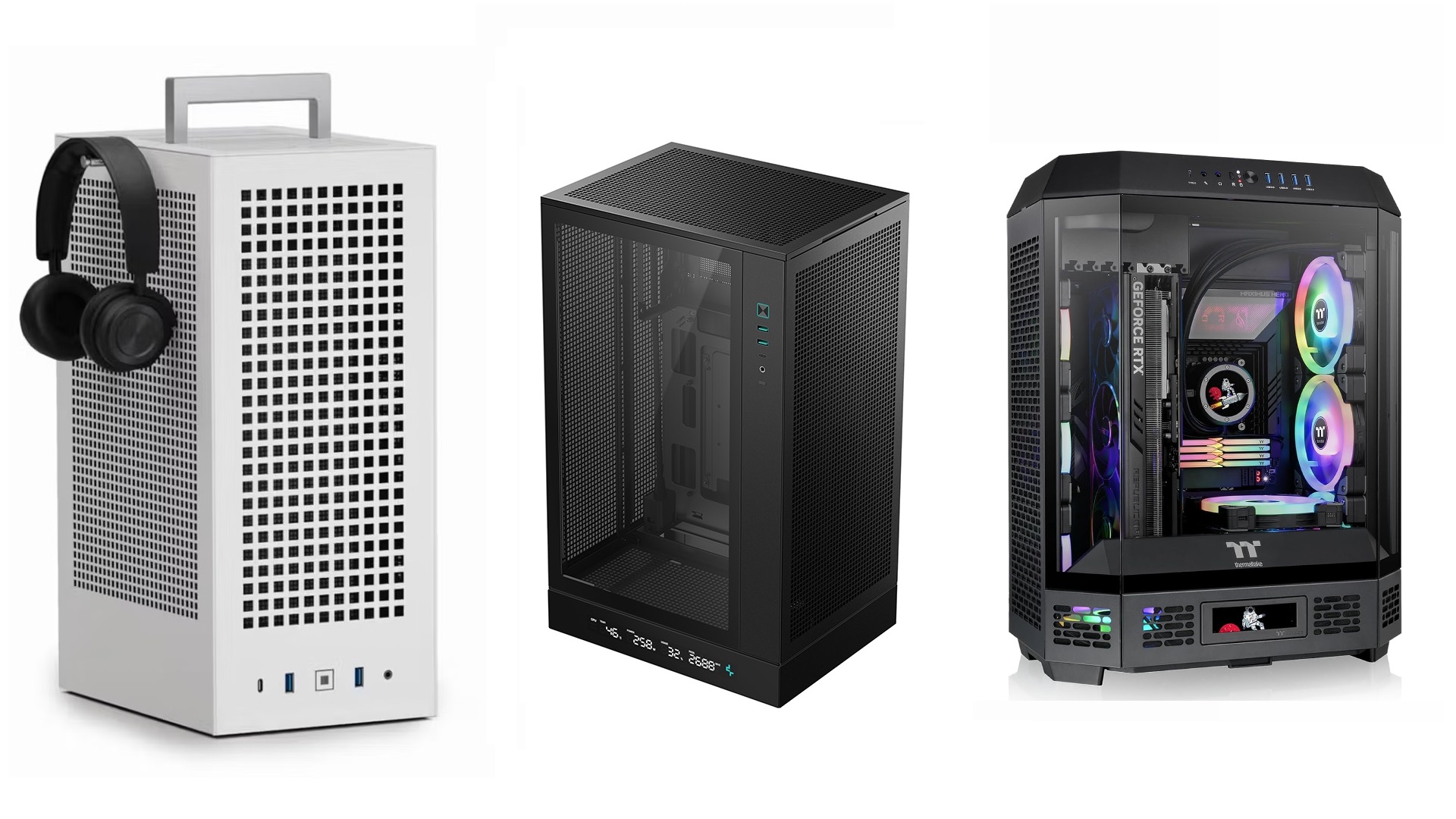Modern GPUs and CPUs demand high-wattage PSUs for stable power delivery, especially with power spikes. Here’s what you need to know.

Modern-generation CPUs and GPUs are the primary drivers of the surge in demand for high-wattage power supplies (PSUs). Ever since Nvidia’s Ampere launch, GPU TDP has crossed the 300W barrier, which is, in fact, a massive amount for consumer-end hardware. The GTX 1080 Ti and RTX 2080 Ti were capped at nearly 300W, but Ampere surpasses them all. Fast forward to 2025, and the RTX 5000 series has reached the 600W territory.
However, sometimes it’s not just about viewing the TDP alone; other factors also need attention, and for that, high-wattage PSUs are the way to go.
Factors Influencing High-Wattage PSU Requirements

Some GPUs have a TDP (Thermal Design Power) of more than 450W, which means that under full load, the GPU will likely draw 450W from the wall. However, in reality, this figure is significantly exceeded, as power and resistance play a crucial role in power discussions. It’s not always an even comparison; for example, 450W doesn’t always guarantee that it will meet the specified power. That is why TDP is not the same as actual power draw.
In real-world use, especially during workloads with dynamic frequency and voltage changes (like gaming or rendering), GPUs can exceed their rated TDP through power spikes.
GPUs such as the RTX 4090 or RX 7900 XTX can experience transient power spikes where the power draw momentarily jumps far beyond their listed TDP. In heavy usage, spikes can exceed 600 to 700W. Enthusiasts who love tuning can reach nearly 1000W. This value was observed at the 12VHPWR connector level. For all these reasons:
- High-quality power supplies with good transient response are strongly recommended.
- GPU manufacturers and PSU vendors emphasize using native 12VHPWR cables instead of adapters.
- Proper case airflow and thermal management become critical, especially with GPUs that push these upper limits.
TDP is just a guideline for cooling and not a strict limit on power consumption. The actual power draw varies depending on load conditions, silicon quality, power limit settings, and boost behavior. This is why GPU vendors install such massive coolers, as they know that without them, the user will probably end up frying it.
Power Requirements in Modern Hardware
Considering the above explanations, here is how things shape up in recent GPUs and CPUs:
- The Intel Core i9-14900K can draw up to 253W under full load.
- AMD’s Ryzen 9 9950X has a 170W TDP but can reach 230W during boost states.
- The RTX 5090 is rated at 575W, the RTX 5080 comes in at 360W followed by the 5070 Ti at 300W
- All of these GPUs are prone to transient spiking, as mentioned above.
Real World Use Cases and PSU Recommendations

For example, an RTX 5090 (575W) paired with an Intel Core i9-14900K (253W) requires a minimum of a 1200W PSU for optimal compatibility. Why so? Let’s say you’re playing Cyberpunk with path tracing at 1440p. Now, here’s what’s going to happen:
- The CPU pulls 150W+ from the 12V rail during active computation.
- The GPU hits 600W, especially during ray-traced scenes.
- Add in resistance losses and transient spikes, and the total draw can surge past 1000W.
From game to game, this changes, but most games with RT exhibit nearly the same behavior. The situation changes with an X3D chip, as those are more efficient, but not by much.
Recommended PSU Wattages by Build Tier
| Build Tier | Recommended Wattage | Example Hardware |
| Entry-Level | 450–550W | RTX 5060 (145W), Ryzen 5 7600 (65W) |
| Mid-Range | 650–750W | RTX 5070 (250W), Ryzen 7 9700X (65W) |
| High-End | 850–1000W | RTX 5080 (360W), Intel i7-13700K (253W / Unlocked power limits) |
| Enthusiast/Workstation | 1000–1200W+ | RTX 5090 (575W), Ryzen 9 9950X (230W / Max boost) |
Conclusion
High-wattage PSUs (850W and above) are essential for high-end builds, ensuring stability and reliability. They also come with better hardware and often provide higher efficiencies than mid-rated counterparts. If you plan to buy a GPU today that is rated at 300W or above, a high-wattage PSU is a wise choice, as it now supports ATX 3.1 (full Gen 5) compatibility. Stronger cabling and a long-term warranty also come standard.
We provide the latest news and “How To’s” for Tech content. Meanwhile, you can check out the following articles related to PC GPUs, CPU and GPU comparisons, mobile phones, and more:
- 5 Best Air Coolers for CPUs in 2025
- ASUS TUF Gaming F16 Release Date, Specifications, Price, and More
- iPhone 16e vs iPhone SE (3rd Gen): Which One To Buy in 2025?
- Powerbeats Pro 2 vs AirPods Pro 2: Which One To Get in 2025
- RTX 5070 Ti vs. RTX 4070 Super: Specs, Price and More Compared
- Windows 11: How To Disable Lock Screen Widgets
 Reddit
Reddit
 Email
Email


